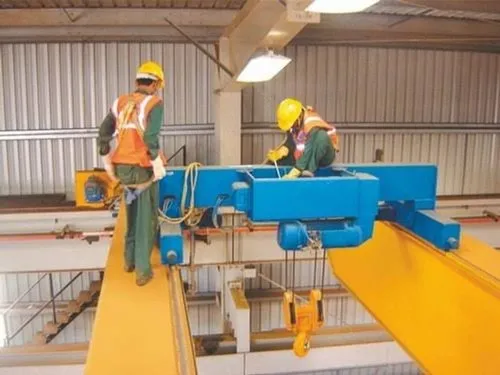In the world of construction, there are many essential roles, and one of them is that of a rigger. Rigging may not be the most well-known job on a construction site, but it plays a critical role in ensuring that heavy materials and equipment are handled safely and efficiently. In this blog, we’ll explore the important responsibilities of a rigger in construction projects, breaking it down into four easy-to-understand sections.
What Does a Rigger Do?
Let’s start with the basics – what exactly is the job of a rigger?
Moving Heavy Loads
Riggers are responsible for moving heavy loads, like steel beams, machinery, or construction materials, using specialized equipment.
Ensuring Safety
Safety is a top priority for riggers. They inspect equipment, materials, and work areas to ensure everything is safe and secure.
Communication
Rigging often involves teamwork. Riggers communicate with crane operators and other construction workers to coordinate load movements.
Equipment and Tools Used by Riggers
To get the job done safely and efficiently, riggers use specific equipment and tools:
Rigging Hardware
This includes slings, shackles, hooks, and cables used to secure and lift heavy loads.
Cranes and Hoists
Rigging often involves operating cranes and hoists to lift and move loads. Riggers are trained to use these machines safely.
Safety Gear
Riggers wear personal protective equipment (PPE) like hard hats, gloves, and harnesses to minimize risks.
Rigging Planning and Inspection
Rigging isn’t just about lifting; it involves careful planning and inspections:
Load Assessment
Before any lift, riggers assess the weight and dimensions of the load to determine the appropriate rigging equipment and techniques.
Inspection of Equipment
Rigging equipment must be regularly inspected to ensure it’s in good working condition. Any damaged or worn-out gear is replaced.
Rigging Plan
Riggers develop a detailed plan for each lift, considering factors like load weight, location, and environmental conditions.
The Importance of a Skilled Rigger
Why is it crucial to have a skilled rigger on a construction project?
Safety
Rigging accidents can be catastrophic. A skilled rigger knows how to prevent accidents and respond to emergencies.
Efficiency
Proper rigging techniques maximize efficiency on the construction site. This means getting the job done faster and within budget.
Cost Savings
Hiring a skilled rigger reduces the risk of damage to materials and equipment, which can result in cost savings.
Conclusion:
A rigger may not always be in the spotlight on a construction site, but their role is undeniably crucial. They are the experts in safely moving heavy loads, ensuring that everyone on the site remains safe, and the project stays on track. The next time you see a massive piece of machinery being lifted with precision, you’ll know that it’s the skilled hands of a rigger making it happen. Safety, efficiency, and expertise – that’s the role of a rigger in construction projects.
